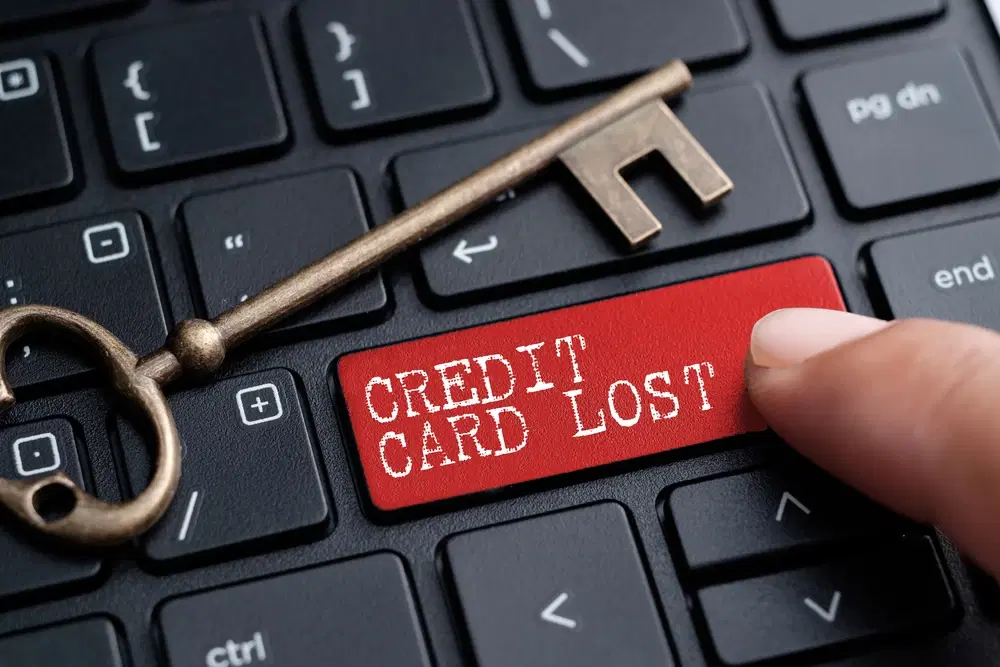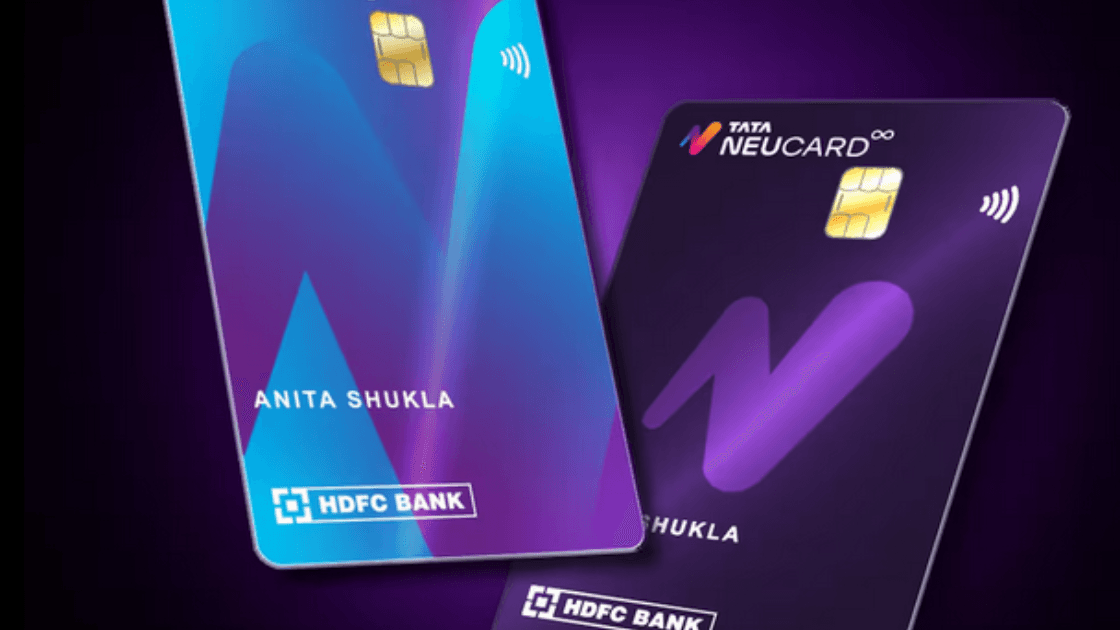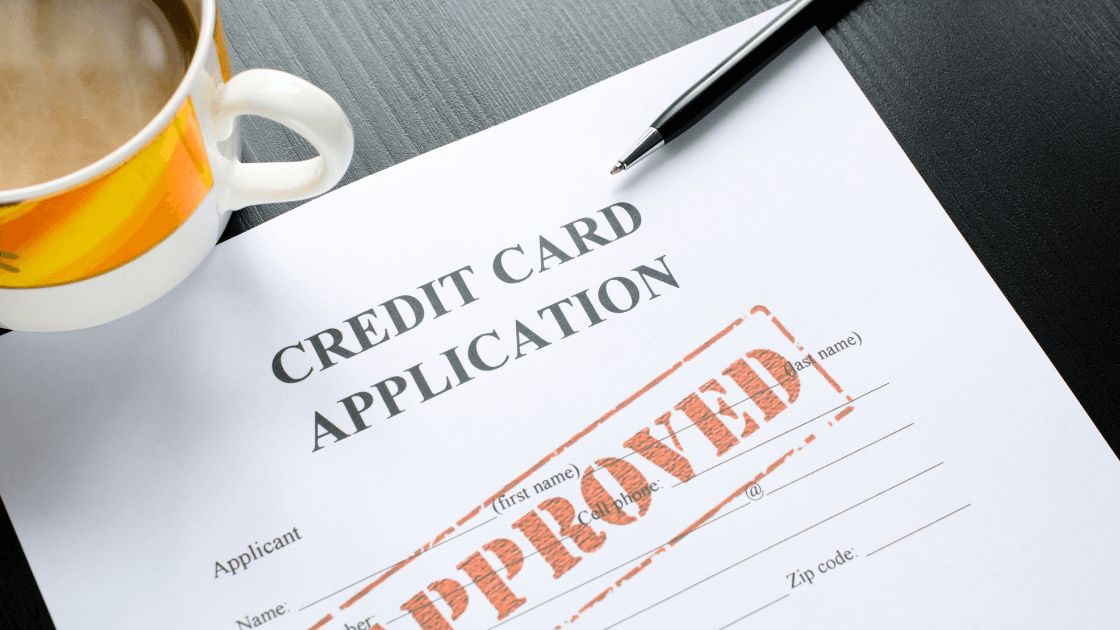
Cards
•04 min read

Imagine the panic when you realize your credit card is missing. In that moment, knowing the steps to secure your finances can be extremely reassuring. Hotlisting your lost or stolen credit card is a vital action to take. This process permanently blocks your card and prevents unauthorized transactions, ensuring that your money remains safe.
Credit card hotlisting refers to the act of permanently blocking a credit card to stop any further use. When a card is hotlisted, the card issuer deactivates it right away so that no one can make transactions using it. The primary purpose is to protect you from fraudulent activities and misuse of your card details if it is lost or stolen.
This process is often initiated when you report your card missing. Although some institutions may use different terminology or have slight variations in the process, the core idea remains the same. Whether you come across terms like credit card hotlisting means SBI or credit card hotlisting means HDFC, they refer to the permanent deactivation of a compromised card. In simple terms, hotlisting should not be confused with a temporary freeze, which is a reversible step. Hotlisting ensures that the card cannot be reactivated, thereby offering a higher level of security against financial loss.
The steps to hotlist a card not only help safeguard your immediate funds but also prevent potential long-term risks like identity theft. By immediately calling customer care or using digital banking tools, you can make sure that your card is blocked instantly and that you receive a replacement promptly.
There are a few common scenarios where hotlisting becomes essential. If your card is lost or stolen, it is important to report it immediately. Similarly, if you suspect any fraudulent activity or notice unauthorized transactions, hotlisting your credit card can prevent additional losses.
Delaying this action can lead to significant risks. Unauthorized transactions may continue to occur, and you might face difficulties in reclaiming your money. Furthermore, if your card information has been compromised through phishing or other scams, the longer you wait, the higher the chances of potential misuse.
Even for those more comfortable with financial jargon, understanding the term can be simplified by thinking of it as a secure method to stop any further harm. In many Indian languages, phrases like hotlisting, meaning in Hindi, emphasize a straightforward blocking process. Whether you use online platforms or direct communication channels, once hotlisting is confirmed, further transactions are effectively curbed.
Taking immediate steps to hotlist your credit card can be done through several secure methods. First, contact your card issuer's customer care immediately. Most institutions have a dedicated number for such emergencies, and you should have your card and account details ready when you call.
Many users find mobile apps to be one of the quickest ways to secure their cards. Tata NeuMoney advises cardholders to use the mobile banking app for instant action. These apps typically include a feature to block the card, ensuring it stops any transactions from happening.

In addition to phone and app options, some credit card services offer an SMS method for hotlisting. For example, instructions such as Hotlisting of debit card SMS SC means are provided to guide users through sending a specific SMS command to block their card.
Another common method is through internet banking. By logging into your online account, you can navigate to the card management section and select the option to block the card immediately. When completing any of these procedures, it is important to note down a reference or confirmation number, which may help with follow-ups if needed.
At certain locations like ATMs, some institutions also provide an option to hotlist your card, often referred to as ATM credit card hotlisting means. The principle remains the same: a quick, secure way to ensure your card is no longer active. By verifying the hotlisting status with your issuer, you can avoid potential oversights that may leave your account vulnerable.
Once your card is hot-listed, its functionality is immediately suspended. This means that no transactions, whether online or at a point of sale, will be processed. This immediate block helps to secure your funds from any unauthorized access.
After hot listing, the next step is to request a replacement card. The new card will come with a fresh set of details, so it is important to update your payment records with recurring services and merchants. This update is crucial to avoid interruptions in services.
It is also a good idea to monitor your bank statements closely after hot listing. Regularly checking your transactions allows you to identify any discrepancies early. Additionally, even though the process of hot listing should effectively block further usage, your vigilance is key to ensuring overall account security. Maintaining updated details also prevents the risk of missing future payments.
While hotlisting is critical when things go wrong, preventing such mishaps is always the best strategy. Keep your card in a safe place and avoid exposing it in public settings. A simple tip is to store your card along with other personal items securely and avoid carrying it unnecessarily.
Do not share your card details over unsecured channels. Simple measures like using strong PINs and robust passwords for online transactions help add another layer of security. Consider enabling transaction alerts to receive real-time updates if any unusual activity is detected.
By routinely monitoring your bank statements, you can spot any discrepancies at an early stage. Several preventive steps, including these monitoring practices, often help in reducing the need for hotlisting a card. For those who may come across terms like de hotlisting meaning or hotlisting debit card meaning in hindi, these emphasize practical measures that safeguard your financial information.
-ed507771-df04-4fb3-9af5-bae11cb611a6.png&w=3840&q=75)
Hotlisting a credit card means permanently blocking it to prevent any unauthorized transactions once it is lost, stolen, or compromised.
You can hotlist your credit card online by logging into your bank's internet banking portal or mobile app and selecting the card-blocking option.
No, once a card is hotlisted, it cannot be unblocked. A new card must be issued in its place.
Hotlisting permanently deactivates a card, whereas freezing temporarily suspends its functionality with an option to reactivate it later.
The hotlisting process is typically immediate, ensuring that your card is blocked as soon as the request is made.
Securing your finances by hotlisting a lost or stolen credit card is a simple yet critical step to protect against fraud and unauthorized transactions. The process, whether initiated through customer care, mobile apps, SMS, or internet banking, provides peace of mind in uncertain situations. Acting swiftly minimizes risks, and with the right preventive measures, you can greatly reduce the occurrence of such incidents. Remember, constant monitoring of your transactions and diligent card management are key to a secure financial future.